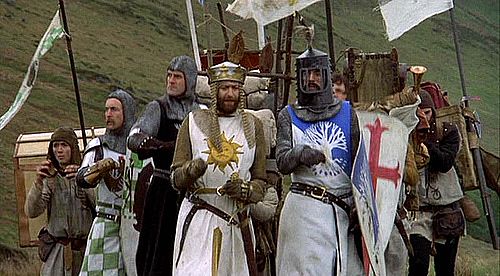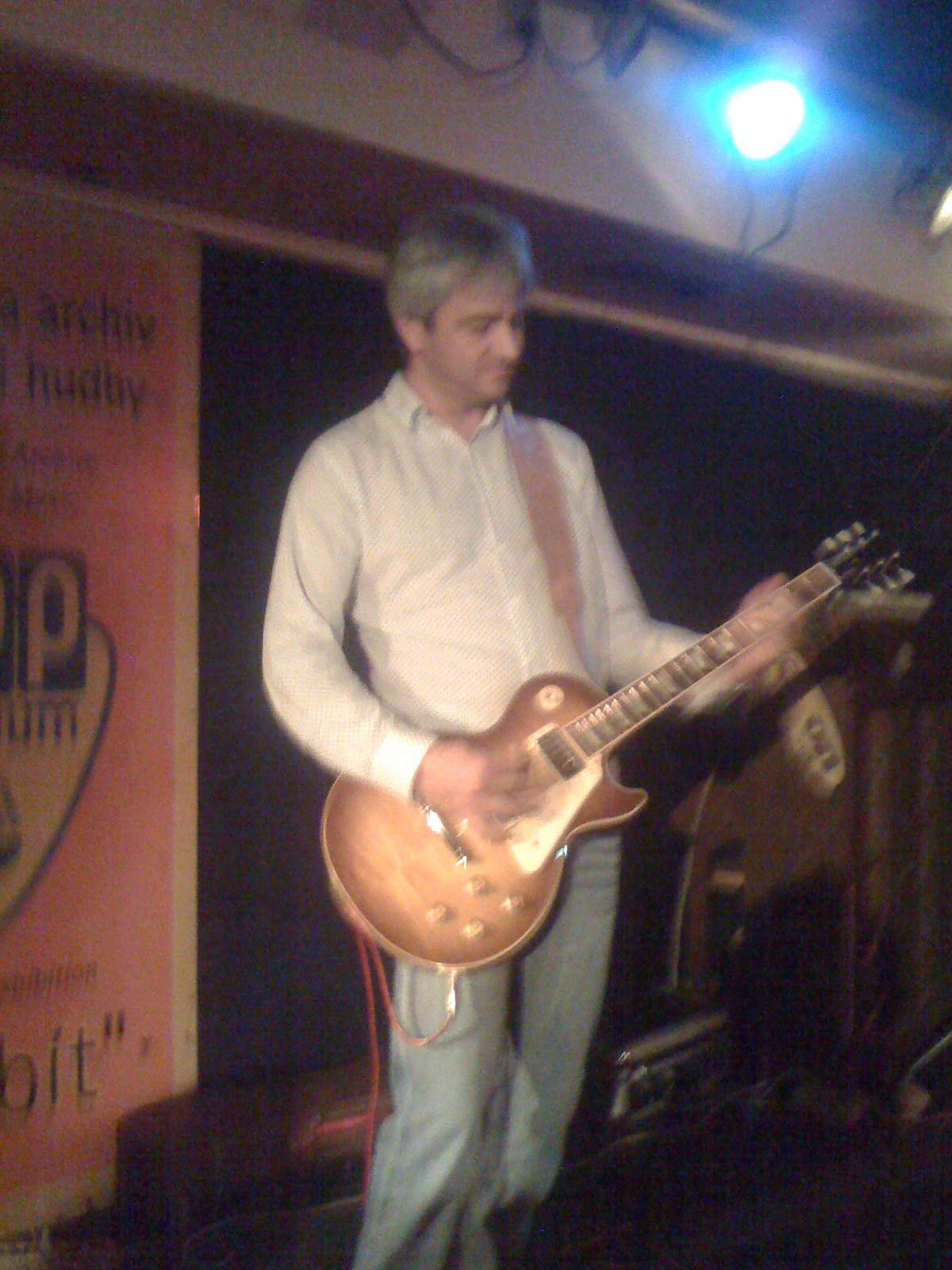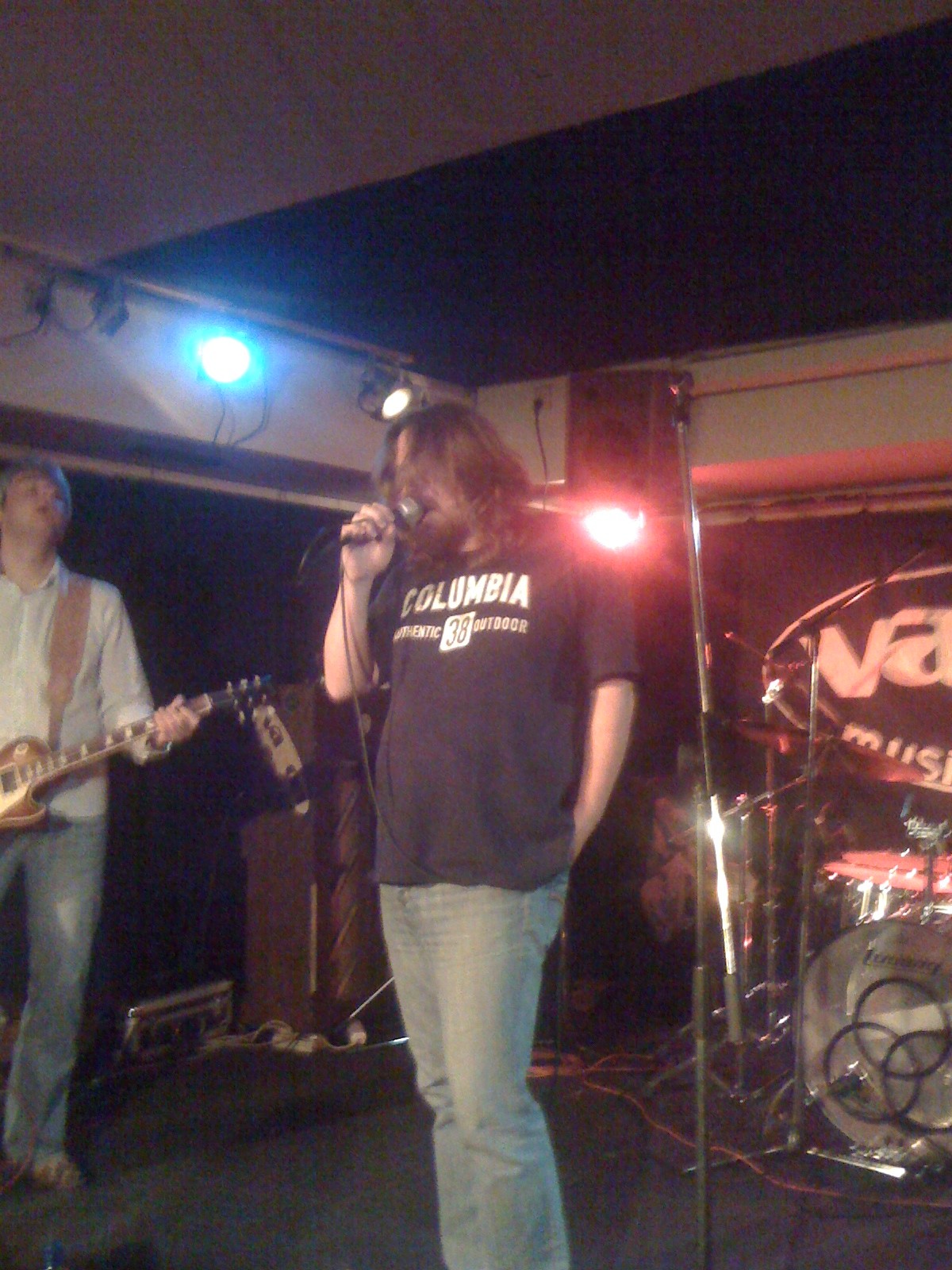Czech people are really into the past. Bars almost uniformly go in for a comfy, old-timey vibe, such that the white leather sofa — so ubiquitous in the nightlife of other former Communist capital cities — is a rare sight here. Anytime we go to visit my wife’s parents and I stop to inspect the steady drone of weekend daytime TV going on in the background, the show is always something medieval-themed along the lines of Xena: Warrior Princess– there’s rarely any sci-fi or Saved By The Bell-type contemporary teen fodder. (Of course, there’s always the occasional exception– check out this great 1963 Czech sci-fi clip that JohnnyO passed along to me, in which futurist Slav-onauts discover a capitalist ghost ship).
The celebration of olden days of yore reaches its peak every year in September, when the annual harvest of a special kind of Moravian wine called Burčák arrives. Burčák, which doesn’t mean ‘the stinky wine’ but should, tastes like juice but smells terrible– the tongue may be fooled into thinking it’s not particularly alcoholic, but the nose knows better. I usually quaff it with my left hand while using my right hand to daintily pinch my nostrils closed. Anyway: the point is that the arrival of Burčák sets off a tidal wave of Renaissance festivals and other such pagentry, such that I tend to mark this time in my mental calendar as Dork Season. If you have a phobia of town criers or heaving, bodice-clad bosoms, definitely stay away from the Czech Republic in September.
Even though it’s a few months away, I was acutely reminded of the coming of Dork Season because we were visited this weekend by a friend from Paris who’s a veteran of historical reenactments. His first visit to the Czech Republic a few years ago was occasioned by the 200th anniversary of some Napoleonic battle, where he and a hundred other buffs dressed up in authentic uniforms and ran down some hill together. Naturally, I plied him with questions, attempting to disguise my mirthful curiosity as legitimate historical inquiry. Here’s what I learned:
1. Apparently, one can just hit ebay in order to buy one’s Napoleonic-era military outfits. Over here in Europe, the participants tend to be fairly relaxed about how carefully you adhere to historical authenticity, but the Civil War guys in the U.S. are another story altogether, and are much more likely to take you to task if your musket is a few years out of date or something.
2. Clannish factionalism runs amok in these historical revivals. Especially between Flemish Belgians and French-speaking Belgians. I guess this probably mirrors the regional rivalries roiling under the surface of Napoleonic-era armies pretty accurately.
3. It sounds like the revivals are often poorly organized and, in that sense, also accurately reflect the realities of 19th century warfare. Our friend said that he had gotten off the group bus in some town in Austria and started wandering around the town center, thinking they had a few hours of free time, when he suddenly noticed clouds of cannon smoke and shouting coming from a nearby hill and had to rush over as to not miss the skirmishing.







